It's a New Day in Public Health.
The Florida Department of Health works to protect, promote, and improve the health of all people in Florida through integrated state, county, and community efforts.
Opioid Addiction & Overdose Prevention
Florida Department of Health in St. Johns County
- 904-506-6081
- StJohnsFeedback@FLhealth.gov
-
Fax
904-825-6875 -
Mailing Address
200 San Sebastian View
St. Augustine, FL 32084
An opioid overdose needs immediate medical attention.
Call 9-1-1 for help!
- What Are Opioids?
- Fentanyl Kills
- When the Prescription Becomes the Problem
- Opioid Overdose-related Death Prevention
- Prescription Medication Disposal Locations
- Alternatives to Opioids
- Local Resources
What are opioids?
Opioids used to treat pain such as morphine, include prescription medications codeine, methadone, oxycodone, hydrocodone, fentanyl, hydromorphone, and buprenorphine, as well as illicit drugs such as heroin.
Opioids work by binding to specific receptors in the brain, spinal cord, and gastrointestinal tract. In doing so, they diminish the body’s perception of pain. However, opioids can also have an impact on other systems of the body, such as altering mood, slowing breathing, and causing constipation. Opioid receptor binding causes the signs and symptoms of overdose as well as the euphoric effects or “high” with opioid use.
A variety of effects can occur after a person takes opioids, ranging from pleasure to nausea and vomiting, severe allergic reactions (anaphylaxis), and overdose, in which breathing and heartbeat slow or even stop.
Opioid overdose can be due to many factors. For example, overdose can occur when a patient deliberately misuses a prescription, uses an illicit opioid (such as heroin), or uses an opioid contaminated with other even more potent opioids (such as fentanyl). Overdose can also occur when a patient takes an opioid as directed but the prescriber miscalculated the opioid dose, when an error was made by the dispensing pharmacist, or when the patient misunderstood the directions for use. It can also occur when opioids are taken with other medications—for example, prescribed medications such as benzodiazepines or other psychotropic medications that are used in the treatment of mental disorders—or with illicit drugs or alcohol that may have adverse interactions with opioids. At particular risk are individuals who use opioids and combine them with benzodiazepines, other sedative hypnotic agents, or alcohol, all of which cause respiratory depression.
Preventing Overdose
If you are concerned about your own use of opioids, don’t wait! Talk with the health care professionals who prescribed the medications for you. If you are concerned about family members or friends, urge them to talk to whoever prescribed their medications.
Effective treatment of an opioid use disorder can reduce the risk of overdose and help a person who is misusing or addicted to opioid medications attain a healthier life. Opioid use disorder is a chronic disease, much like heart disease. An evidence-based practice for treating opioid addiction is the use of Food and Drug Administration-approved medications, along with counseling and other supportive services. These services are available at Substance Abuse and Mental Health Services Administration (SAMHSA)-certified and Drug Enforcement Administration-registered opioid treatment programs and from specialty substance use disorder treatment programs. In addition, physicians and other practitioners, including nurse practitioners and physician assistants who are trained to provide treatment for opioid addiction in office-based and other settings with medications such as buprenorphine/naloxone and naltrexone, may be available in your community. For more information, see the Resources section at the end of this toolkit.
If You Suspect an Overdose
An opioid overdose needs immediate medical attention.
CALL 9-1-1 FOR HELP!
An opioid overdose requires immediate medical attention. An essential first step is to get help from someone with medical expertise as soon as possible. Call 911 immediately if you or someone you know exhibits any of the signs listed below. All you have to say is “Someone is unresponsive and not breathing.” Give a specific address and/or description of your location.
Signs of OVERDOSE, which is a life-threatening emergency, include the following:
- The face is extremely pale and/or clammy to the touch.
- The body is limp.
- Fingernails or lips have a blue or purple cast.
- The person is vomiting or making gurgling noises.
- The person cannot be awakened from sleep or cannot speak.
- Breathing is very slow or stopped.
- The heartbeat is very slow or stopped.
Signs of OVERMEDICATION, which may progress to overdose, include:
- Unusual sleepiness or drowsiness.
- Mental confusion, slurred speech, or intoxicated behavior.
- Slow or shallow breathing.
- Extremely small “pinpoint” pupils.
- Slow heartbeat or low blood pressure.
- Difficulty being awakened from sleep
How to Avoid Opioid Overdose
- Take medication only if it has been prescribed to you by your doctor. Make sure to tell your doctor about all medications you are taking.
- Do not take more medication or take it more often than instructed.
- Call your doctor if your pain gets worse.
- Never mix pain medications with alcohol, sleeping pills, or any illicit substance.
- Learn the signs of overdose and how to use naloxone to keep an overdose from becoming fatal.
- Teach your family members and friends how to respond to an overdose.
- Dispose of unused medication properly
Content Source: SAMHSA Opioid Overdose Prevention Toolkit
PUBLIC SAFETY ALERT: FENTANYL KILLS
The State of Florida is responding to an increase in fentanyl overdoses. All Floridians are advised to remain vigilant of current public risk.
Signs of overdose:
- Small, constricted "pinpoint pupils."
- Falling asleep or losing consciousness.
- Slow, weak, or not breathing.
- Choking or gurgling sounds.
- Cold and/or clammy skin.
- Discolored skin, especially lips and nails.
- Limp body.
What to do:
- Call 911 Immediately.
- Administer naloxone, if available.
- Try to keep the person awake and breathing.
- Lay the person on their side to prevent choking.
- Stay with the person until emergency assistance arrives.
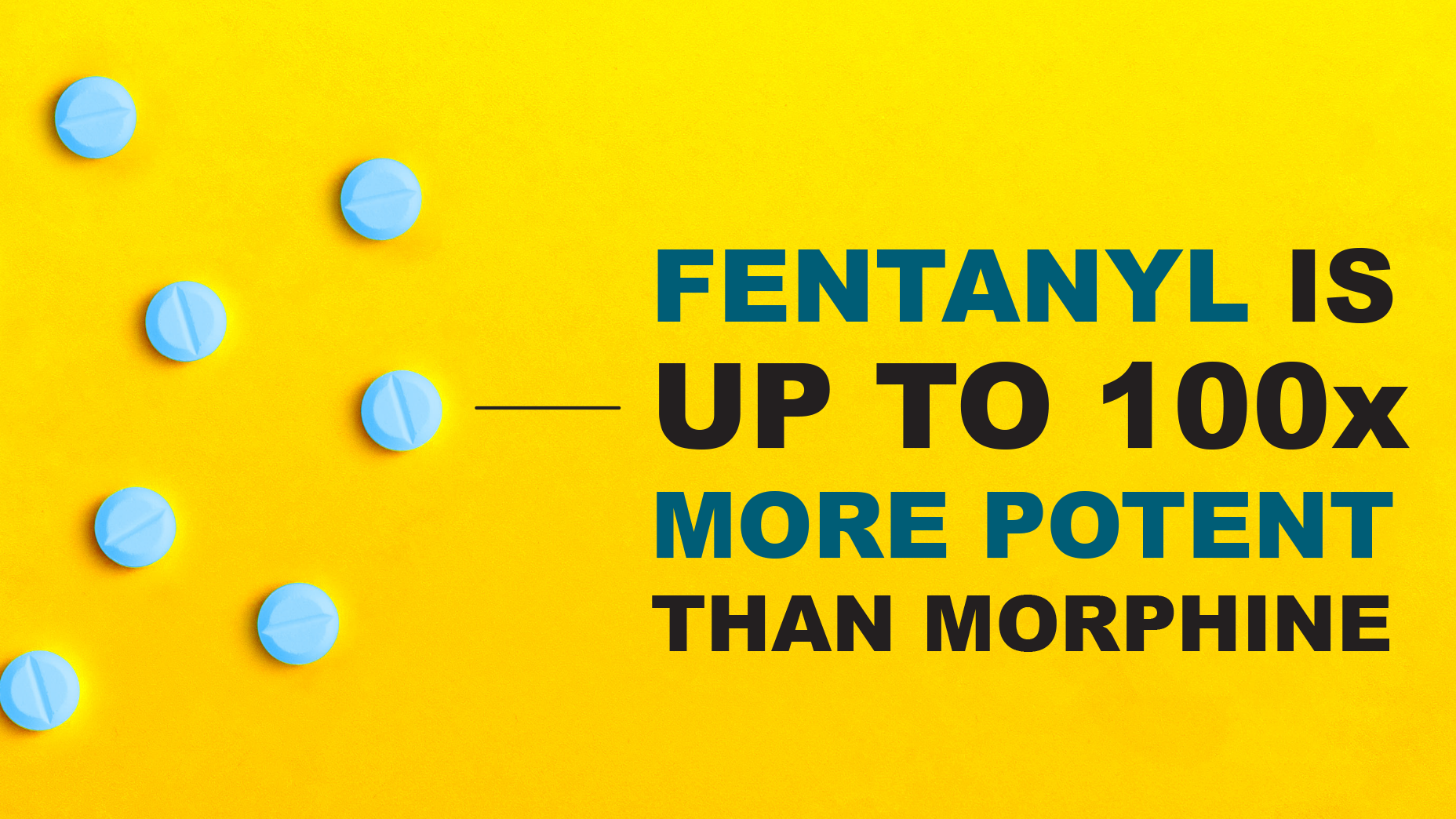
Where To Find Naloxone
If you or your organization are interested in obtaining or managing naloxone for the community, please visit isaveFL.com
Your prescribed pain medication is only for you.
Health care providers prescribe pain medications based on a person’s specific symptoms and medical history. That’s why these medicines must not be shared with friends or family. Take your medication as prescribed, and follow your health care provider’s instructions on using pain medication with other prescriptions and non-prescription drugs.
When pain medication is misused or abused, it does more harm than good.
Common signs of pain medication misuse or abuse are:
- Failing to take your medicine as prescribed by your health care provider.
- Sharing or selling your medication.
- Taking your medicine for reasons other than prescribed.
- Missing work or school, neglecting family and friends, or endangering yourself.
- Not being honest with your health care provider, family and friends about your medication use.
Know the difference between drug tolerance and drug addiction.
Tolerance: When the body becomes used to a drug, it has built a tolerance that makes the drug less effective at a given dose. This is a common occurrence for people with chronic pain who use opioid-based medication such as hydrocodone, oxycodone, and morphine.
Addiction: A person is addicted when they use a drug compulsively despite the harmful consequences. Addiction is far more than a craving and can be characterized as a disease.
Pain medications should be safely stored and properly disposed.
Storage: Store pain medication safely and securely—away from people and pets. Avoid using common storage areas such as bathroom medicine chests, kitchen cabinets or bedroom night stands.
Disposal: Always read and follow the disposal instructions on the drug label or patient information sheet that accompanies your medication. Never flush prescription drugs down the toilet as this has severe effects on Florida's Aquifers. Get rid of expired, unwanted or unused pain medication as soon as possible to reduce the chance of others accidentally or intentionally taking your medicine.
Community drug take-back programs are your best option for drug disposal. These programs allow you to bring unused drugs to a central location for safe disposal.
Controlled Substance Public Disposal Location offers citizens an environmentally safe way to dispose of unused drugs. Prescription drugs and narcotics are flushed away every day, which has severe effects on Florida’s Aquifers. Proper disposal of Medication not only combats environmental pollution, but also keeps unwanted and unused drugs off of our streets.
If your community or Pharmacy does not offer a drug take-back program, follow these steps:
- Mix medicines with a substance that can’t be eaten such as dirt, kitty litter or used coffee grounds—don’t crush tablets or capsules.
- Place the mixture in a plastic container or bag, and tightly seal.
- Throw the container in your household trash.
- Scratch out and make unreadable all personal information on the prescription label of your empty pill bottle or medicine packaging, and throw these items in your household trash.
Ask your provider about other options to treat your chronic pain.
Be involved, keep your health care team updated on how your treatment is going.
If you are struggling with addiction, help is available in your area.
- Department of Children and Families
- SAMHSA National Helpline:
- 1-800-662-4357
or - TDD, for hearing impaired
1-800-487-4889
- 1-800-662-4357
Florida Health Office of Communications; FloridaHealth.gov
(PDF, 205K) Version: May 8, 2019
An opioid overdose needs immediate medical attention.
CALL 911 FOR HELP
Opioid overdose-related deaths can be prevented when naloxone is administered in a timely manner. Naloxone is an antidote to opioid overdose.
What is Naloxone?
NALOXONE: (also called Narcan® or Evzio®) is a prescription medicine that can stop an overdose. Parents, relatives and friends can get it to administer to someone who is overdosing on heroin or medicines like OxyContin® or Percocet®.
- Naloxone displaces opioids from receptor sites in the brain and reverses respiratory depression that usually is the cause of overdose deaths. 1
- Naloxone comes in several forms, including injectable, intranasal, and auto-injector. Injectable naloxone is typically supplied as a kit with a minimum of two doses and two syringes. 2
- Naloxone injection has been approved by the Food and Drug Administration (FDA) and used for more than 40 years by emergency medical services personnel to reverse opioid overdose and resuscitate individuals who otherwise might have died in the absence of treatment. 3
- The FDA has also approved an intranasal naloxone product (a nasal spray) and a naloxone auto-injector that delivers a therapeutic dose of naloxone in an overdose situation.
Additional information on how to prevent and manage overdose is available from Prevent & Protect.
Data Source: SAMHSA Opioid Overdose Prevention Toolkit
References
1 Boyer EW. Management of opioid analgesic overdose. N Engl J Med . 2012;367(2):146-155.
2 Enteen L, Bauer J, McLean R, Wheeler E, Huriaux E, Kral AH, Bamberger JD. Overdose prevention and naloxone prescription for opioid users in San Francisco. J Urban Health . 2010;87(6):931-941.
3 Green TC, Doe-Simkins M. Opioid overdose and naloxone: the antidote to an epidemic. Drug Alcohol Depend . 2016;163:265-271.
Prescription drugs and narcotics are flushed away every day, which has severe effects on Florida’s Aquifers. Proper disposal of Medication not only combats environmental pollution, but also keeps unwanted and unused drugs off of our streets. The Controlled Substance Public Disposal Location - Search Utility offers citizens an environmentally safe way to dispose of unused drugs.
Drop Off Locations and Times
Prescription Med Drop Box Locations
Help prevent deaths here in St. Johns County by disposing of unused drugs properly!
- St. Augustine Police Department
- 904-825-1070
- (24 hours a day, 7 days a week)
- 151 King St.
St. Augustine, FL 32084
- St. Augustine Beach Police Department
- 904-471-3600
- 8 a.m. - 5 p.m.
- Monday - Friday
- 2300 A1A South
St. Augustine, FL 32080
- St. Johns County Sheriff's Office will no longer have Prescription Medication Drop Boxes in their lobbies.
- To find an alternate location near you:
Please visit the Controlled Substance Public Disposal Location Tool offered by the Department of Justice. Note that many Pharmacy locations offer disposal of old medications as well.
- To find an alternate location near you:
Prohibited items include:
Needles (Sharps), Ointments, Lotions, Liquids, Aerosol Cans, Inhalers, Hydrogen Peroxide, and Thermometers.
Talk to your health care provider about how to treat your pain. Create a safe and effective treatment plan that is right for you.
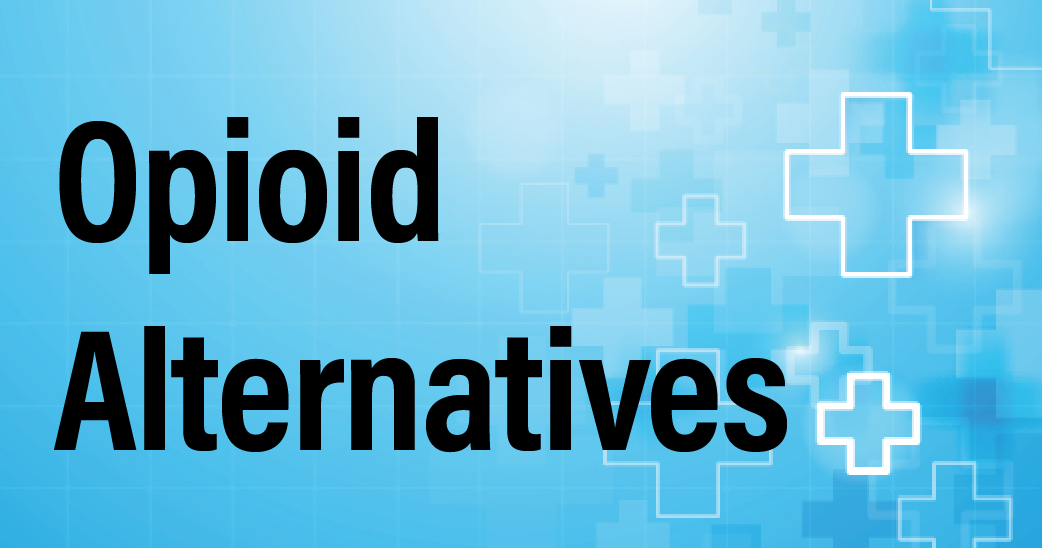
Alternatives to Opioids: Medications
Advantages:
- Can control and alleviate mild to moderate pain with few side effects.
- Can reduce exposure to opioids and dependency.
Disadvantages:
- May not be covered by insurance.
- May not be effective for severe pain.
Non-Opioid Medication: Acetaminophen (Tylenol®)
DESCRIPTION, ADDITIONAL ADVANTAGES & DISADVANTAGES
- Relieves mild-moderate pain, and treats headache, muscle aches, arthritis, backache, toothaches, colds and fevers. Overdoses can cause liver damage.
Non-Opioid Medication: Non-steroidal Anti-inflammatory Drugs (NSAIDs):
Aspirin, Ibuprofen (Advil®, Motrin®), Naproxen (Aleve®, Naprosyn®)
DESCRIPTION, ADDITIONAL ADVANTAGES & DISADVANTAGES
- Relieve mild–moderate pain, and reduce swelling and inflammation. Risk of stomach problems increases for people who take NSAIDs regularly. Can increase risk of bleeding.
Non-Opioid Nerve Pain Medications:
Abstentions (Neuraptine®), Pregabalin (Lyrica®)
DESCRIPTION, ADDITIONAL ADVANTAGES & DISADVANTAGES
- Relieve mild–moderate nerve pain (shooting and burning pain). Can cause drowsiness, dizziness, loss of coordination, tiredness and blurred vision.
Non-Opioid Antidepressant Medications:
Effexor XR®, Cymbalta®, Savella®
DESCRIPTION, ADDITIONAL ADVANTAGES & DISADVANTAGES
- Relieve mild–moderate chronic pain, nerve pain (shooting and burning pain) and headaches. Depending on medication, side effects can include: drowsiness, dizziness, tiredness, constipation, weight loss or gain.
Non-Opioid Medicated Creams, Foams, Gels, Lotions, Ointments, Sprays and Patches:
Anesthetics (Lidocaine), NSAIDs, Muscle Relaxers, Capsaicin, Compound Topicals
DESCRIPTION, ADDITIONAL ADVANTAGES & DISADVANTAGES
- Can be safer to relieve mild-moderate pain because medication is applied where the pain is. Anesthetics relieve nerve pain (shooting and burning pain) by numbing an area; NSAIDs relieve the pain of osteoarthritis, sprains, strains and overuse injuries; muscle relaxers reduce pain by causing muscles to become less tense or stiff; and capsaicin relieves musculoskeletal and neuropathic pain. Compounded topicals prepared by a pharmacist can be customized to meet a patient’s specific needs. Skin irritation is the most common side effect. Capsaicin can cause warmth, stinging or burning on the skin.
Non-Opioid Medication: Interventional Pain Management
DESCRIPTION, ADDITIONAL ADVANTAGES & DISADVANTAGES
- Includes anesthetic or steroid injections around nerves, tendons, joints or muscles; spinal cord stimulation; drug delivery systems; or permanent or temporary nerve blocks. Medicates specific areas of the body. Can provide short-term and long-term relief from pain. Certain medical conditions and allergies can cause complications.
Non-Opioid Anesthesia
DESCRIPTION, ADDITIONAL ADVANTAGES & DISADVANTAGES
- Opioids can be replaced with safer medications that block pain during and after surgery. A health care provider or an anesthesiologist can provide options and discuss side effects.
Alternatives to Opioids: Therapies
Advantages:
- Can control and alleviate mild to moderate pain with few side effects.
- Can reduce exposure to opioids and dependency.
- Treatment targets the area of pain—not systemic.
- Providers are licensed and regulated by the state of Florida.*
Disadvantages:
- May not be covered by insurance.
- Relief from pain may not be immediate.
- May not be effective for severe pain.
Self-Care Therapies
DESCRIPTIONS, ADDITIONAL ADVANTAGES & DISADVANTAGES
- Cold and heat: Ice relieves pain and reduces inflammation and swelling of intense injuries; heat reduces muscle pain and stiffness. Can provide short-term and long-term relief from pain. Too much heat can increase swelling and inflammation.
- Exercise and movement: Regular exercise and physical activity can relieve pain. Simply walking has benefits. Mind-body practices like yoga and tai chi incorporate breath control, meditation and movements to stretch and strengthen muscles. Maintaining daily exercise and overcoming barriers to exercise can be a challenge.
Complementary Therapies
DESCRIPTIONS, ADDITIONAL ADVANTAGES & DISADVANTAGES
- Acupuncture: Acupuncturists* insert thin needles into the body to stimulate specific points to relieve pain and promote healing. Can help ease some types of chronic pain: low-back, neck and knee pain, and osteoarthritis pain. Can reduce the frequency of tension headaches. Bleeding, bruising and soreness may occur at insertion sites.
- Chiropractic: Chiropractic physicians* practice a hands-on approach to treat pain including manual, mechanical, electrical and natural methods, and nutrition guidance. Can help with pain management and improve general health. Aching or soreness in the spinal joints or muscles sometimes happens—usually within the first few hours after treatment.
- Osteopathic Manipulative treatment (OMT): Osteopathic physicians* use OMT—a hands-on technique applied to muscles, joints and other tissues—to treat pain. Clinically-proven to relieve low-back pain. Soreness or stiffness in the first few days after treatment is possible.
- Massage therapy: Massage therapists* manually manipulate muscle, connective tissue, tendons and ligaments. Can relieve pain by relaxing painful muscles, tendons and joints. Can relieve stress and anxiety—possibly slowing pain messages to and from the brain. At certain points during a massage, there may be some discomfort—especially during deep tissue massage.
- Transcutaneous electrical nerve stimulation (tens): TENS is the application of electrical current through electrodes placed on the skin with varying frequencies. Studies have shown that TENS is effective for a variety of painful conditions. The intensity of TENS is described as a strong but comfortable sensation. Allergic reactions to adhesive pads are possible.
Rehabilitation Therapies
DESCRIPTIONS, ADDITIONAL ADVANTAGES & DISADVANTAGES
- Occupational therapy: Occupational therapists* treat pain through the therapeutic use of everyday activities. Can relieve pain associated with dressing, bathing, eating and working. Therapy includes activities that increase coordination, balance, flexibility and range of motion. Therapy interventions and recommendations will not help if the patient does not practice as instructed.
- Physical therapy: Physical therapists* treat pain by restoring, enhancing and maintaining physical and functional abilities. Therapy interventions and recommendations will not help if the patient does not practice as instructed
Behavioral and Mental Health Therapies
DESCRIPTIONS, ADDITIONAL ADVANTAGES & DISADVANTAGES
- Psychiatrists*, clinical social workers*, marriage and family therapists* and mental health counselors* provide therapies that identify and treat mental disorders or substance abuse problems that may be roadblocks to pain management. When used to manage pain, these therapies can take time.
* appsmqa.doh.state.fl.us/MQAsearchservices
Sources: American College of Surgeons, Centers for Disease Control and Prevention, National Institutes of Health, the Food and Drug Administration, Harvard Health and Wexner Medical Center (Ohio State University)
Florida Department of Health, Office of Communications
(PDF, <1MB) Version: September 20, 2019
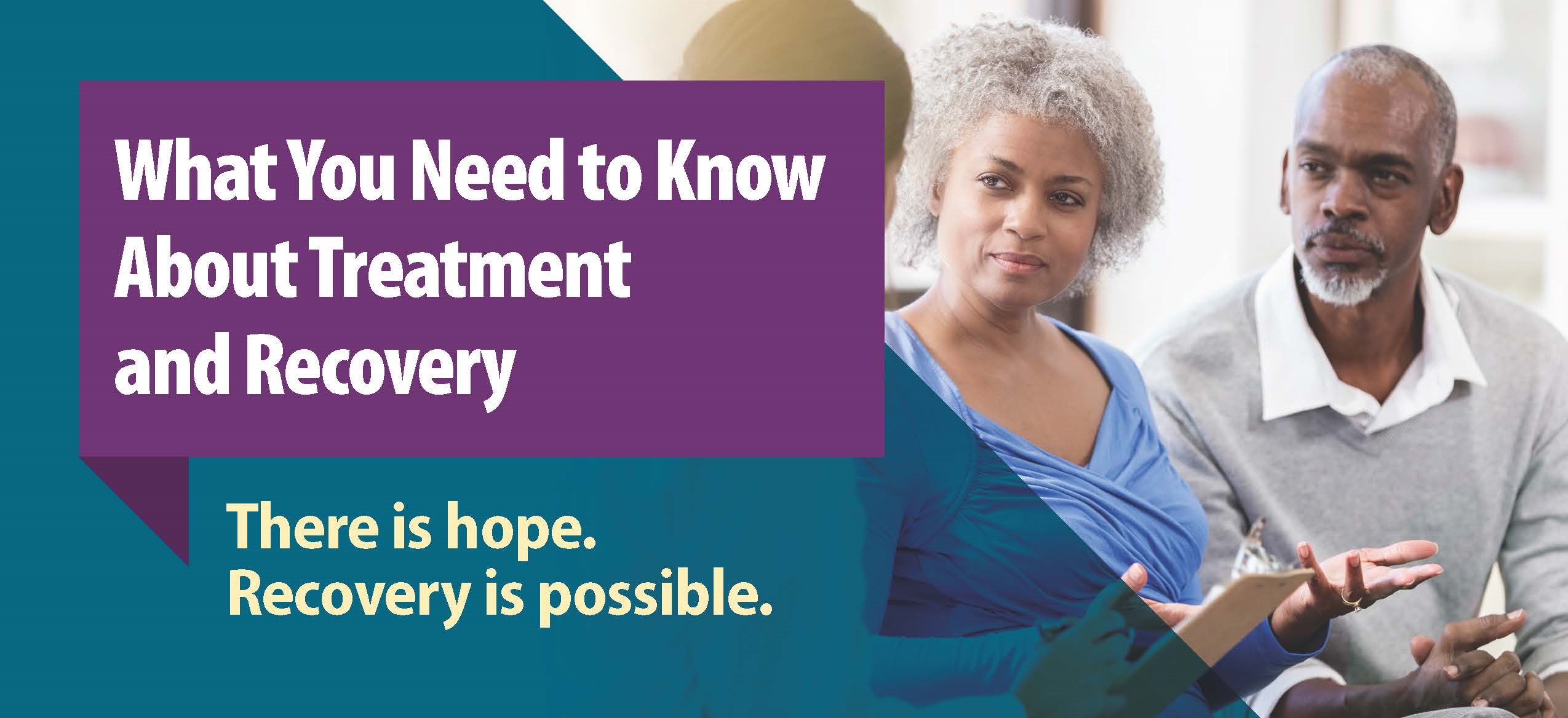
Note: These links are being provided as a convenience and for informational purposes only; they do not constitute an endorsement or an approval by the Florida Department of Health of any of the products, services or opinions of the corporation or organization or individual. The Florida Department of Health bears no responsibility for the accuracy, legality or content of the external site or for that of subsequent links. Contact the external site for answers to questions regarding its content.

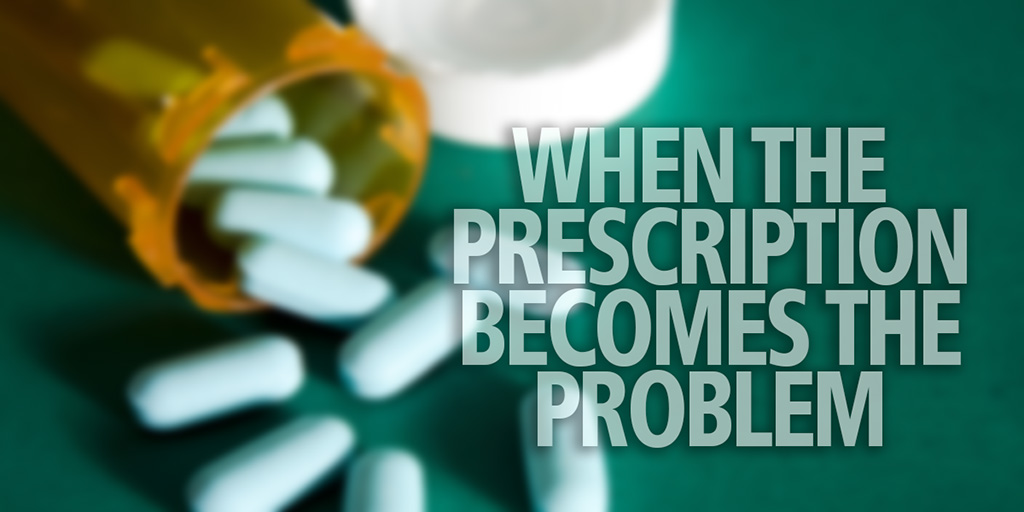
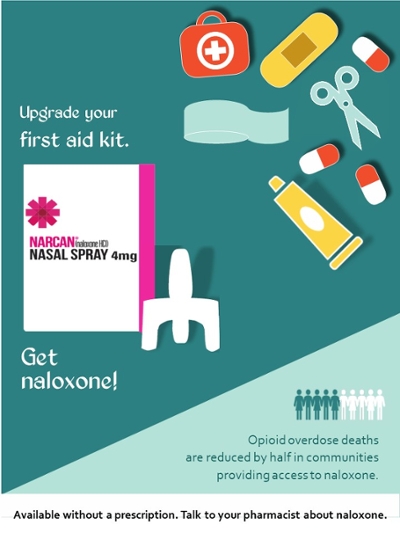


Connect with DOH